Do you want to experience the heritage culture of India? this article is for you where I will be sharing 21 UNESCO world heritage sites of India represent rich heritage culture of the country. Before I start listing those sites, let me briefly explain what is UNESCO world heritage site and its significance.
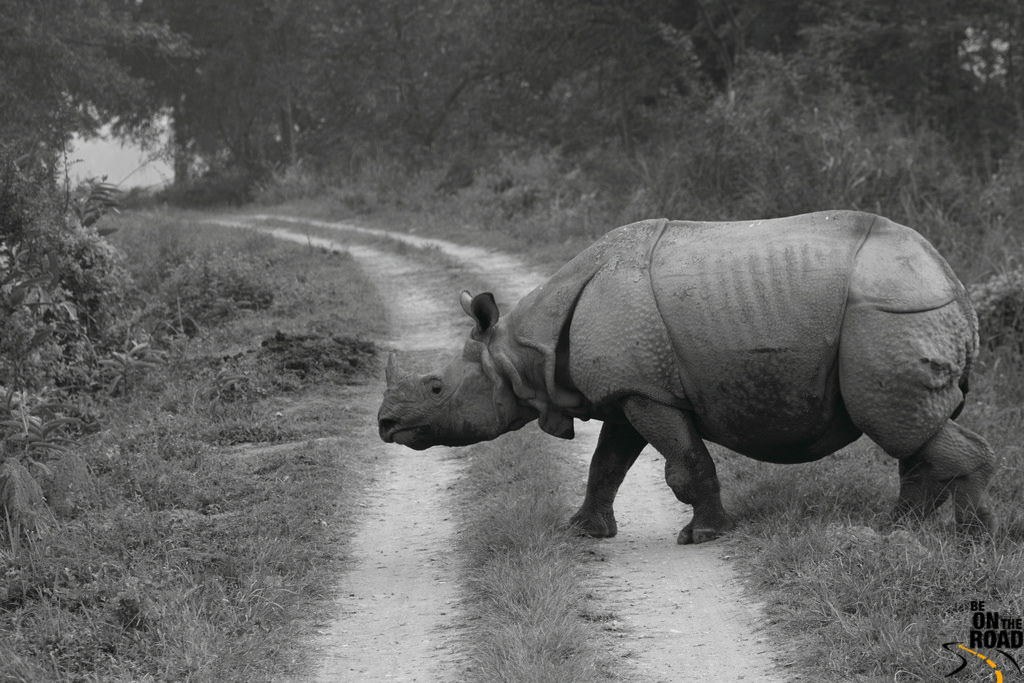
World Heritage Sites are the landmarks specifically given by UNESCO, on the basis of their historic, cultural, scientific and other significance. These are unique landmarks and representative of a specific culture and/or physical significance including historical structure, city, buildings, forests, deserts, complexes, lakes, islands, mountains, monuments or anything else. The site may symbolize a footprint of human endeavor or a naturally significant or unique diversity.
Listing World Heritage Sites allows for the practical conservation of the site, promoted by local administration and pushed by international recognition. The list of World Heritage Site is regularly updated and is maintained by the International World Heritage Programme. As of July 2016, there are 1052 World Heritage Sites listed across the globe, among which 814 are cultural sites, 203 are natural landscapes and 35 in mixed properties. India boasts 35 of these sites (27 of cultural significance, 7 natural landscapes and 1 mixed property). Another tentative list from India has been submitted to UNESCO which includes 43 new sites.
Here we begin with 21 popular world heritage sites of India you should plan to cover in 2022
#1 Taj Mahal, Agra
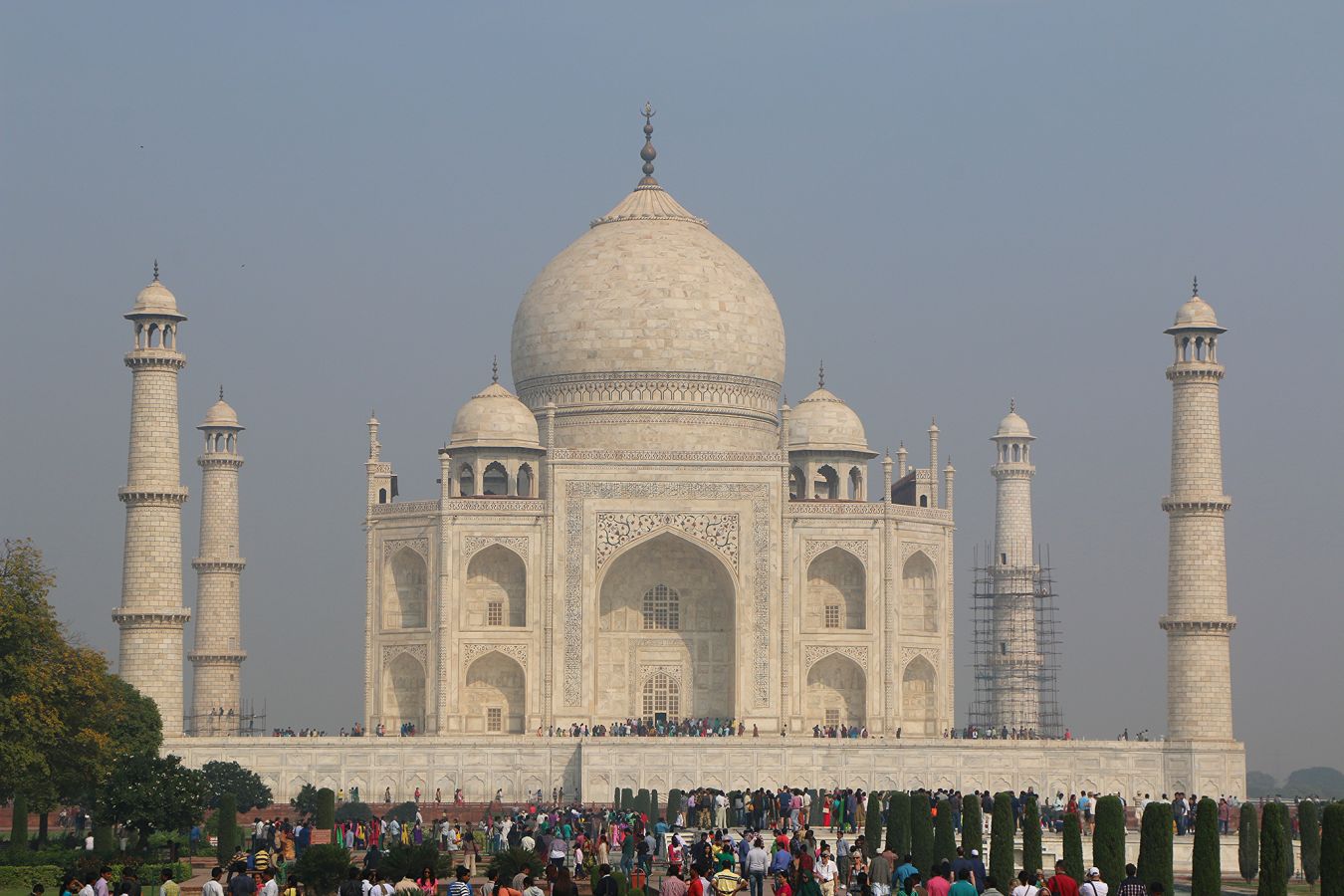
Taj Mahal is known across the globe as one of the marvels of human civilization. A more recent architecture constructed between 1631 and 1648, under Emperor Shah Jahan, the Taj Mahal is also representative of love. The mausoleum was built by the emperor for his wife and today, holds the graves of the king and queen. A testimony to love, the marbled masterpiece is a jewel worth visiting. The Taj Mahal is also the only site from India that has been included in the prestigious Wonders of the World.
#2 Khangchendzonga National Park, Sikkim
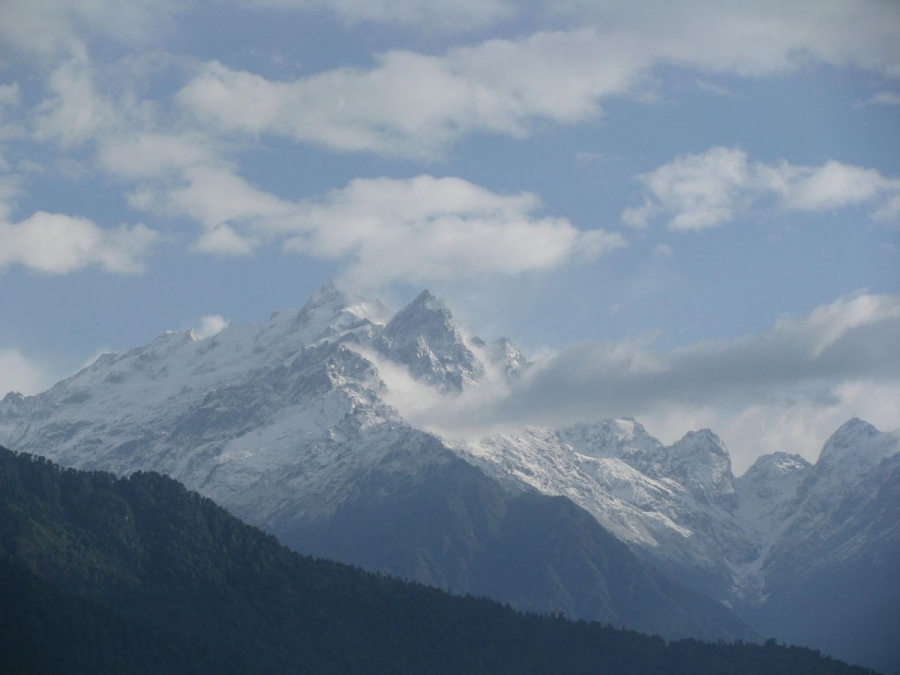
The Khangchendzonga National Park is the only World Heritage Site in India that comes under mixed properties. Located in the state of Sikkim, at the heart of the Himalayas, the National Park offers a unique diversity in valleys, plains, glaciers, mountains, ancient forests, and the third highest peak in the world, Mt. Khangchendzonga. It’s a place of worship by the indigenous and several legends come forward to proclaim the identity of the people and culture.
#3 Great Himalayan National Park, Himachal Pradesh
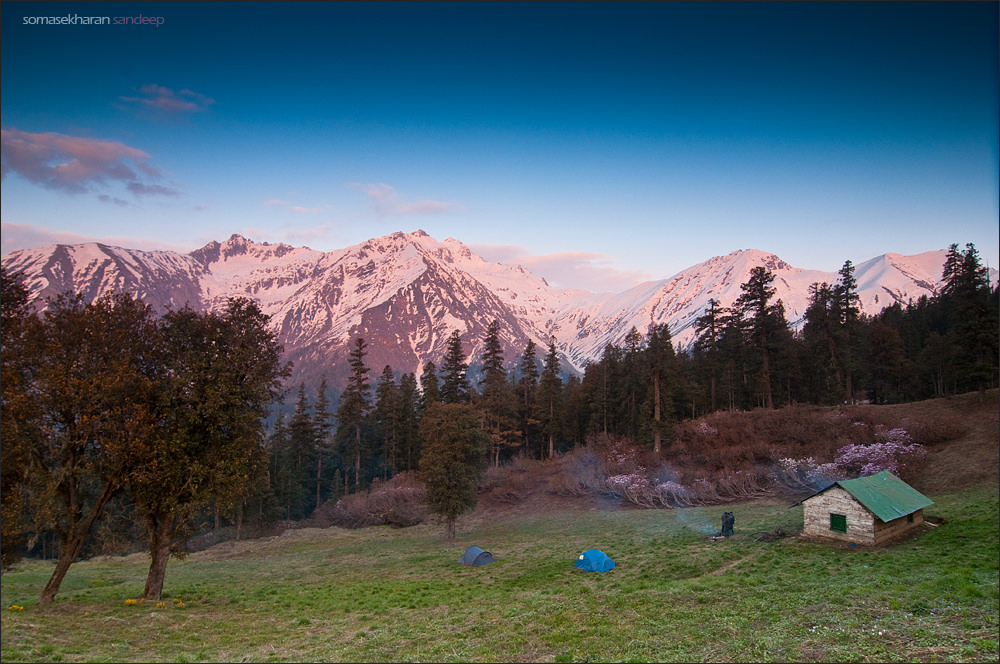
Located in the Western Himalayas in the Indian state of Himachal Pradesh, the Great Himalayan National Park is marked by a unique landscape, marked by alpine meadows, riverine forests and alpine peaks. The park is spread across 90,540 hectares and is a biodiversity hotspot that includes around twenty five different forest types and a rich diversity in fauna. Consequently, the site requires grater conservation and UNESCO strengthens its protection at all levels.
#4 Rani Ki Vav, Patan, Gujarat
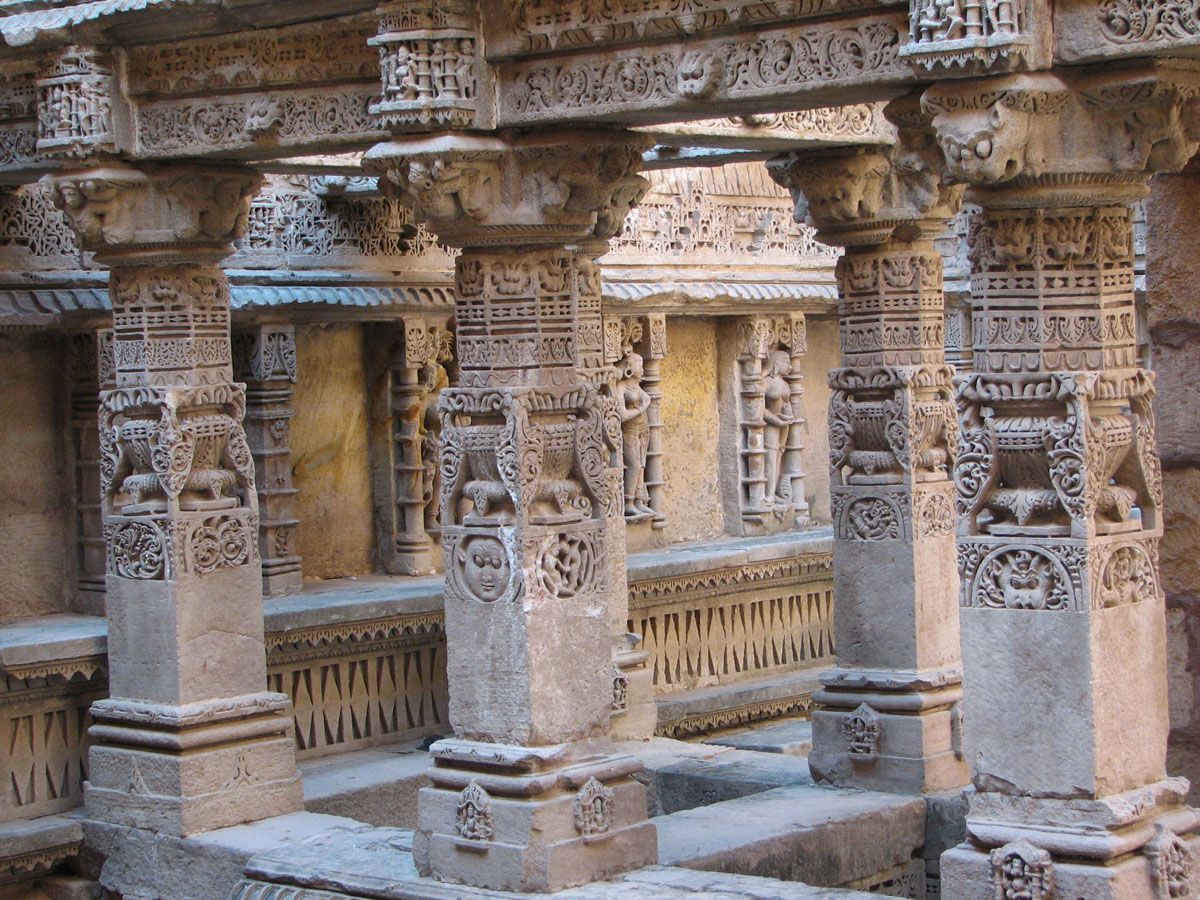
Built on the banks of the sacred Saraswati River, Rani Ki Vav is an 11th Century AD memorial and an architecture that is distinct in the history of the country. Basically, it’s a step well built for the queen but it represents the distinctive way that earlier civilizations used and stored subterranean water. Apart from being an important mark of the civilization, Rani Ki Vav is also an architectural feat that is 30 meters deep, 10 meters in diameter and includes several levels that are connected with a complicated stair system. Further, the whole step well has been designed as an inverted temple and showcases artwork in sculptures and paintings that represent the various facets of the secular, cultural and mythological beliefs of the civilization.
#5 Group of Monuments in Hampi, Karnataka
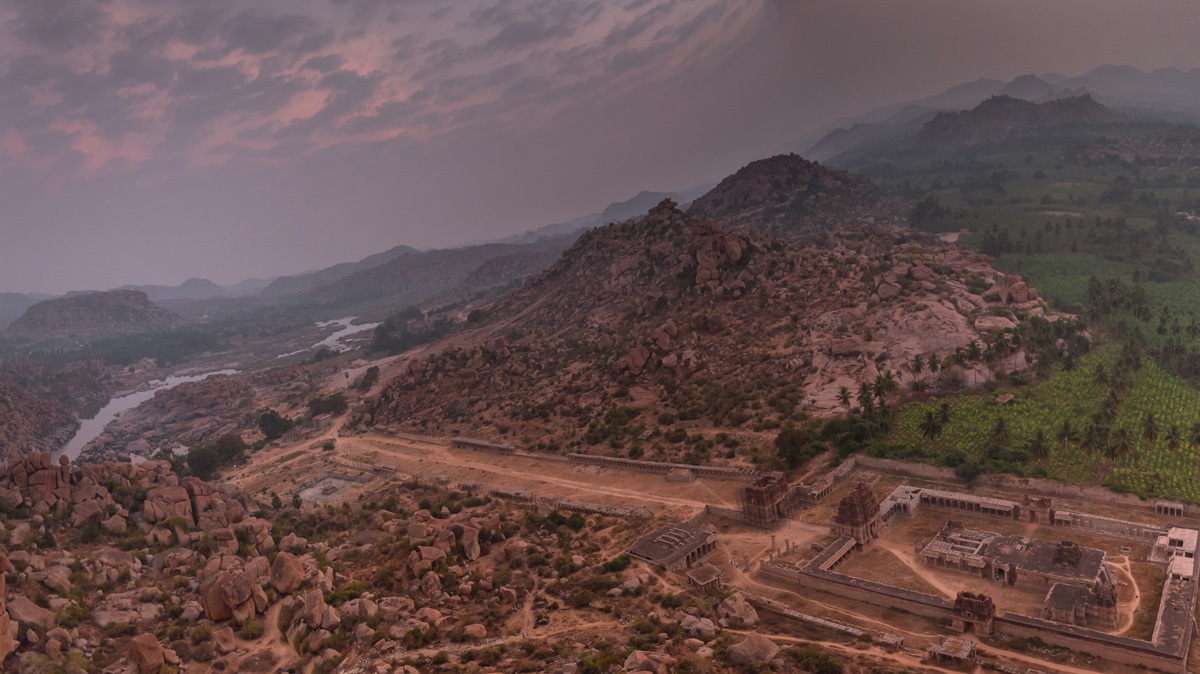
Listed under the World Heritage Site list in 1986, Hampi is significant as the last capital of the Hindu Kingdom in Vijayanagar. The premise is marked by austere and grand Dravidian Temples and palaces that have been constructed between the period of 14th and 16th century. The whole area is 4187,24 hectares and is located along the Tungabhadra Basin in the Bellary District of Karnataka
#6 Group of Monuments at Pattadakal, Karnataka
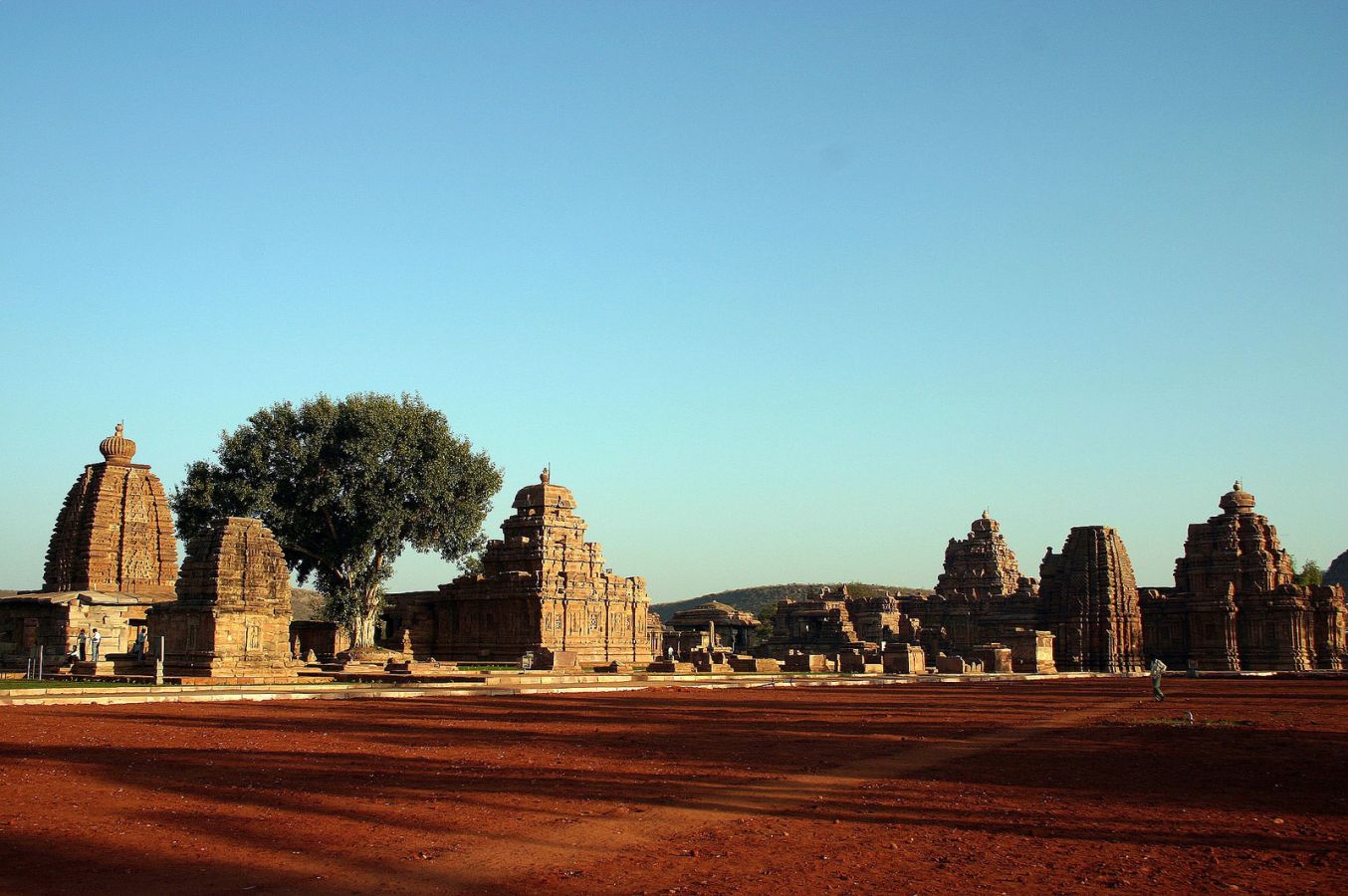
Another World Heritage Site in the state of Karnataka, Pattadakal elaborates the electric art that was prominent in the Chalukya Dynasty, between the 7th and 8th century BC. The most significant part of the heritage is the group of nine Hindu temples, along with a sanctuary designed for the Jains. A particular masterpiece is the Temple of Virupaksha, constructed under the rule of Queen Lokamahadevi to mark her husband’s victory over southern kings.
#7 Hill Forts of Rajasthan

The Hill Forts of Rajasthan include six humongous and majestic forts, spread across the state in Jaisalmer, Jaipur, Jahalawar, Sawai Madhopur, Kumbhalgarh and Chittorgarh. Some of these for are 20 kilometers and bear testimony to the rule and prowess of the Rajput Kings. Inside the forted premises are evidences of fully fledged communities and city centers that include palaces, trading centers, temples and market places. Chittorgarh Fort, Kumbhalgarh Fort, Ranthambore Fort, Gagron Fort, Amber Fort and Jaisalmer Fort are considered as the Hill Forts of Rajasthan. These forts are mainly based in the Aravalli Range and built between 5th to 17th, 18th centuries AD.
#8 Churches and Convents of Goa
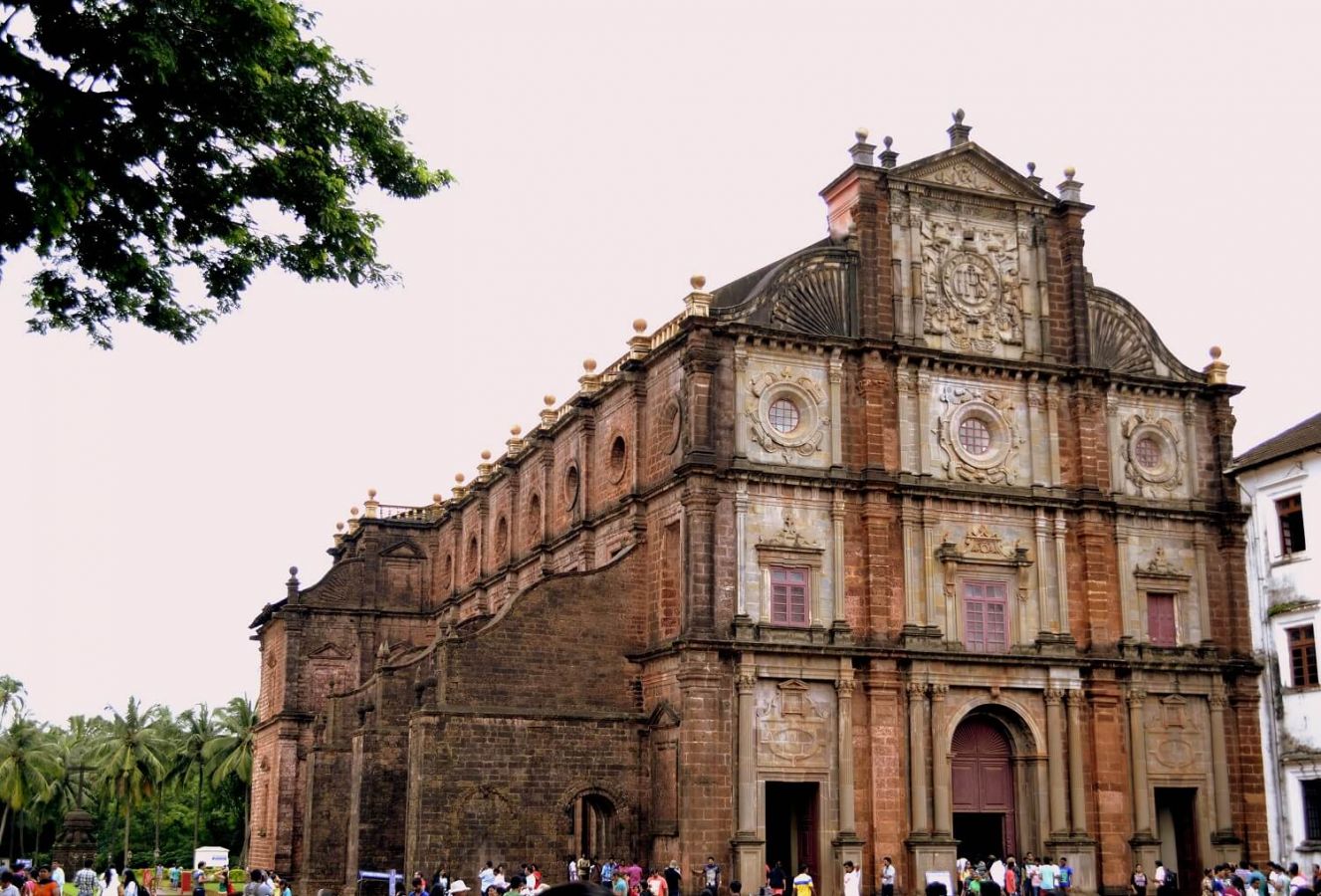
Goa was the former capital for the Portuguese Indians and these churches are representative of the rich Baroque, Mannerist and Manueline Art of the era. A particularly important structure is the Church of Bom Jesus, encompassing the St Francis Xavier Tomb. Saint Catherine’s Chapel, Church and Convent of Saint Francis of Assisi, Basílica do Bom Jesus, Igreja de São Francisco de Assis, Church of Saint Cajetan and its seminary, Church of Our Lady of the Rosary and Church of Saint Augustine all are world heritage sites.
#9 Buddhist Monuments at Sanchi, Madhya Pradesh
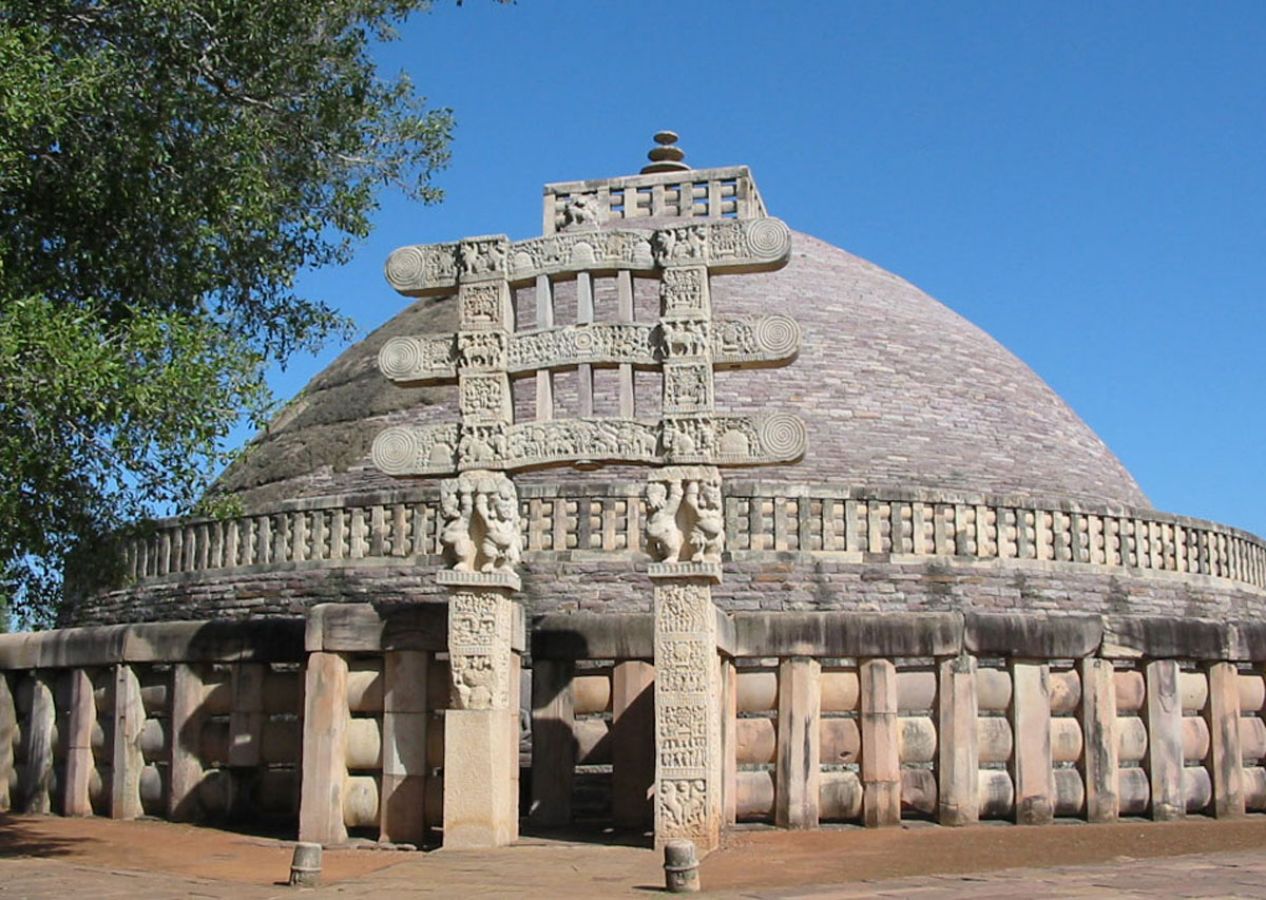
Spread across a hill, 40 kilometers from Bhopal, the Sanchi World Heritage Site includes a large group of Buddhist monasteries, including palaces, temples and monolithic pillars. Each of the structures are in different state of conservation since some of them date back to as far as 1st Century BC. Sanchi is also the oldest sanctuary of Buddhist beliefs and had been a major center of worship till 12th Century AD.
#10 Great Living Chola Temples, Tamil Nadu
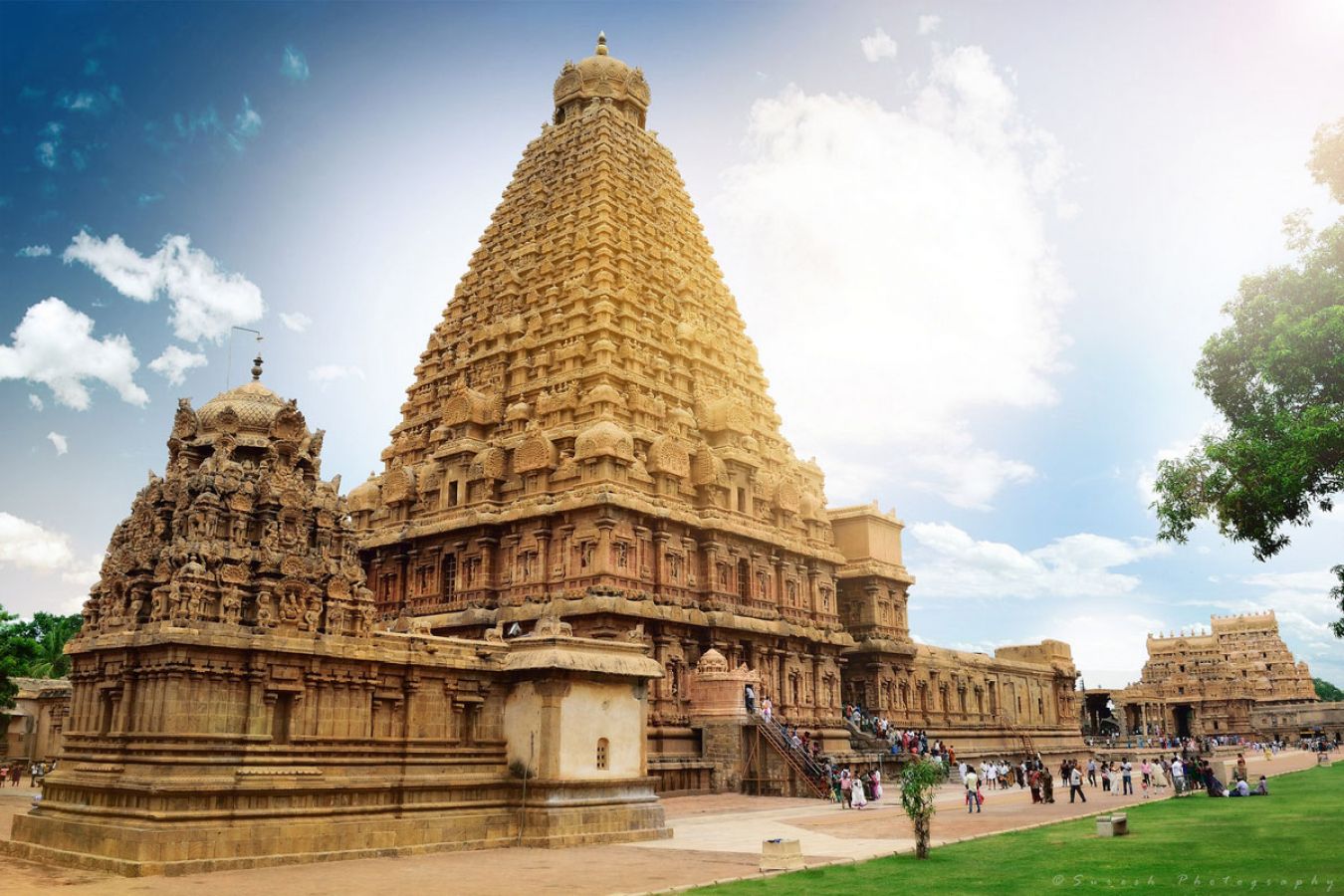
Representative of the rich and powerful Chola Dynasty, the Great Living Chola Temples include three huge temples – the Airavatesvara Temple at Darasarum, Brihadisvara Temple at Gangaikondacholisvaram and the Brihadisvara Temple at Thanjavur. The temples showcase the achievements of the Chola Dynasty through rich paintings, sculptures, bronze casting and architecture.
#11 Group of Monuments at Mahabalipuram, Tamil Nadu
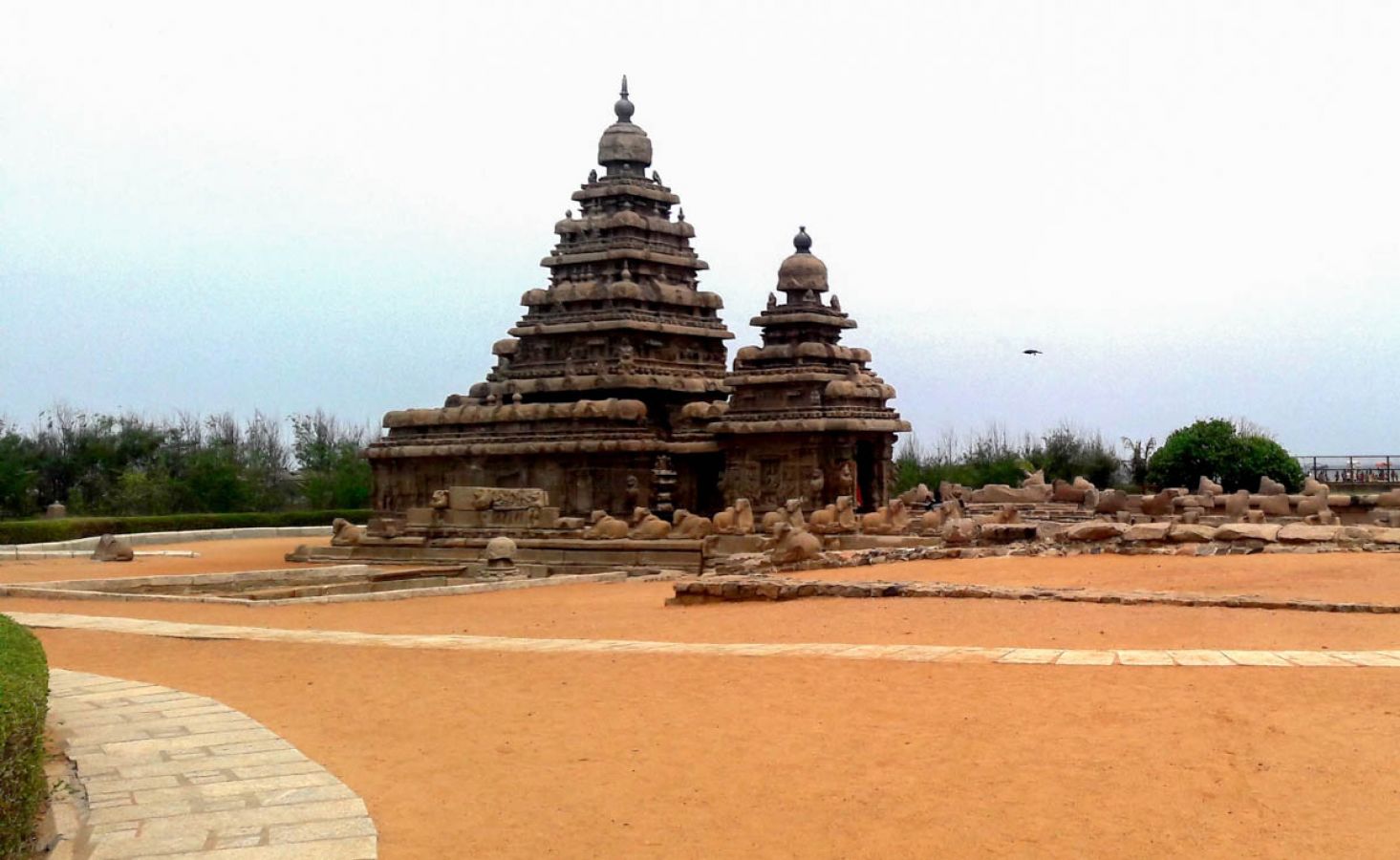
Reminiscent of the 7th and 8th century architecture, the religious sanctuaries at Mahabalipuram were constructed under the Pallava Kings. The structures are especially unique for the designs and architecture, some representative of rathas (temples in the form of chariots), cava sanctuaries (mandapas) and huge open reliefs like the ‘Descent of the Ganges’. The Temple of Rivage in particular also showcases thousands of minutely designed sculptures that show the glory and significance of Lord Shiva.
#12 Ajanta Caves, Maharashtra
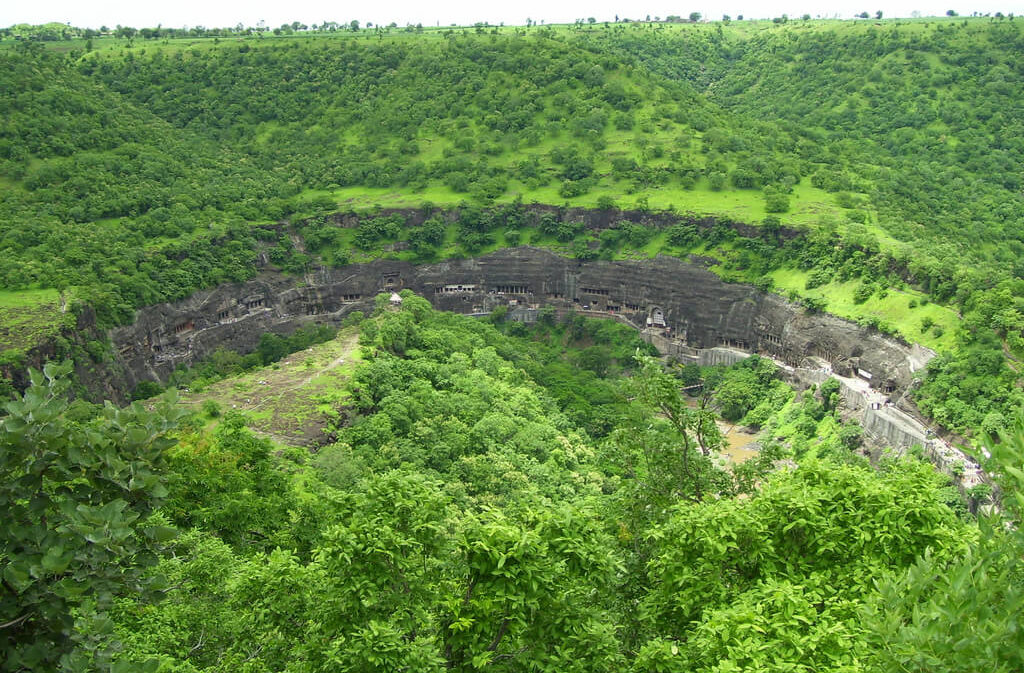
The famous Ajanta caves showcase architecture that date back to the 1st century BC. Several new scriptures and sculptures have been added through civilization, including art work by the Gupta Dynasty during the 6th Century AD. Each of the scripture and painting in the Ajanta Caves are masterpieces of the Buddhist culture. Located in the Aurangabad District of Maharashtra, the caves are the best surviving examples of ancient Indian history, art, expressions, form and pose.
#13 Kaziranga Wildlife Sanctuary, Assam

The Kaziranga Wildlife Sanctuary and National Park is home to the last naturally breeding population of the one-horned rhinoceros. The sanctuary boasts of a rich biodiversity and a variety in flora and fauna, some of which have come close to being endangered and extinction. Located at the heat of Assam, it’s a unique landscape that is mostly dominated by grasslands and swamps.
#14 Manas Wildlife Sanctuary, Assam
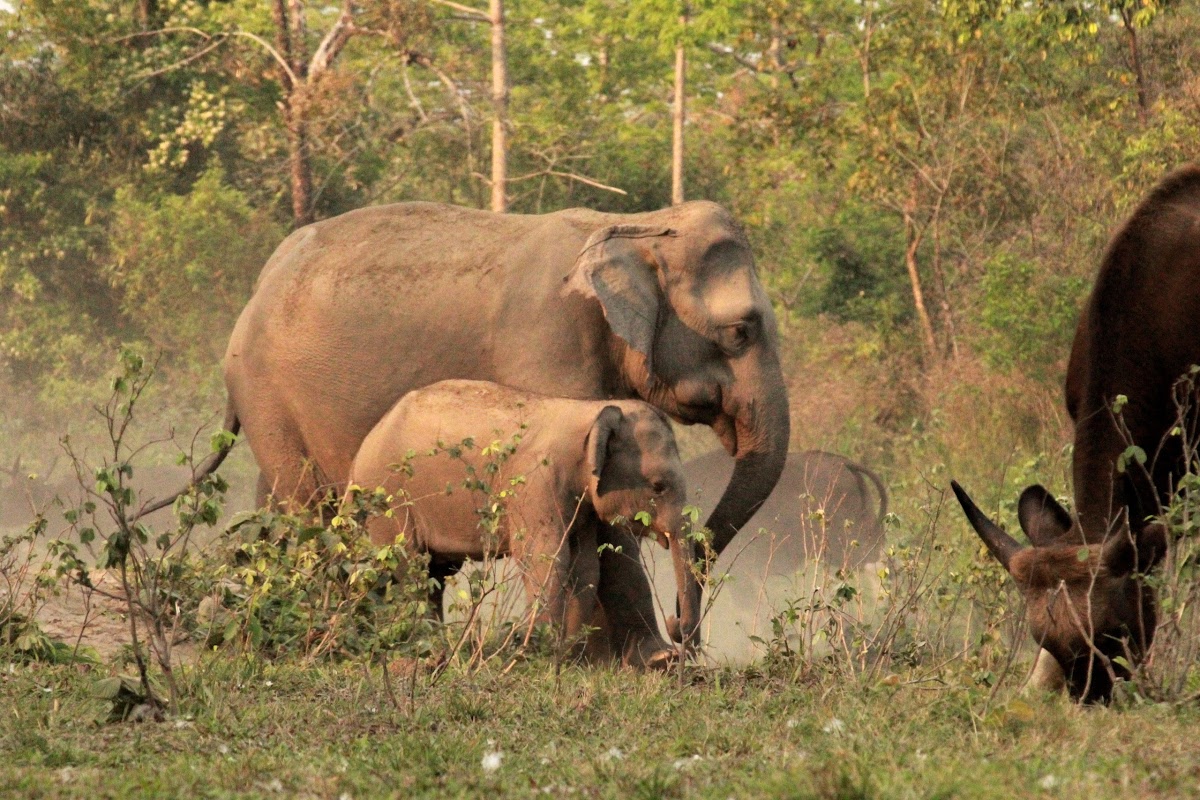
Manas National Park is located in the gentle slopes of the Himalayas, this is the second natural inclusion to the list of World Heritage Sites from the state of Assam, India. Manas is a unique landscape, marked by gradual change from wooded hills to tropical forests and grasslands. This sanctuary also hosts several endangered wildlife species including the one-horned rhinoceros, pigmy hog, the Royal Bengal tiger and the Indian Elephant.
#15 Keoladeo National Park, Bharatpur, Rajasthan

A former duck hunting ground for the Maharajas, Keoladeo National Park, today, is one of the largest sites for a huge number of migratory birds. The park hosts birds from as far as Siberia, China, Turkmenistan and Afghanistan. A total of 364 species of wintering birds have been recorded in the area, including the rare and endangered Siberian Crane.
#16 Nanda Devi and Valley of Flowers National Parks, Uttarakhand
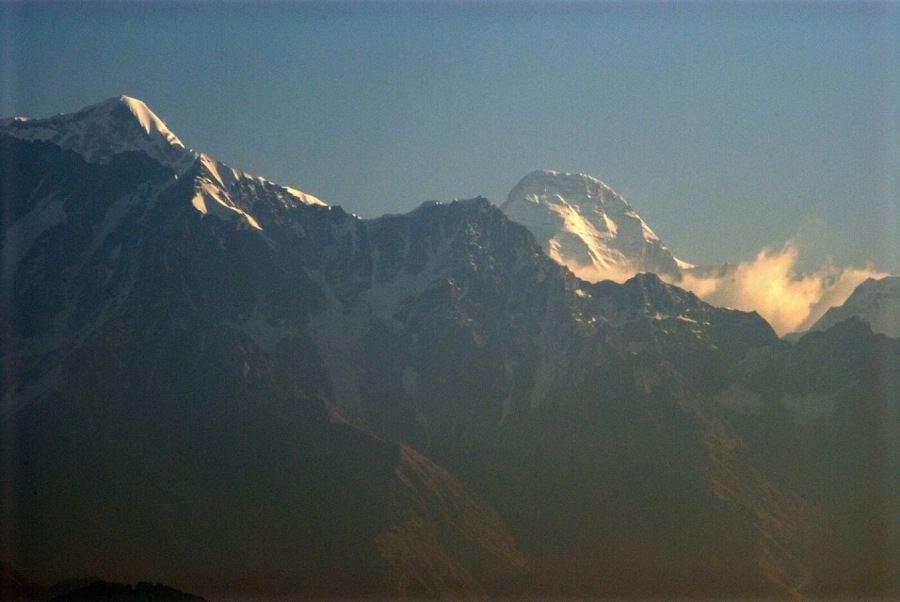
The Valley of Flowers in Uttarakhand is one of the most beautiful landscapes one would ever see. It is famous for its rich and colorful meadows that come alive every spring. Accompanying the colorful valley is the alpine vegetation of the Nanda Devi hills. Together, these landscapes host a variety of flora and fauna including the rare and illusive snow leopard, the Brown Bear, Asiatic Black Bear and the blue sheep. The place is frequented by botanists, researchers, photographers and all kinds of nature enthusiasts.
#17 Sundarbans National Park, West Bengal
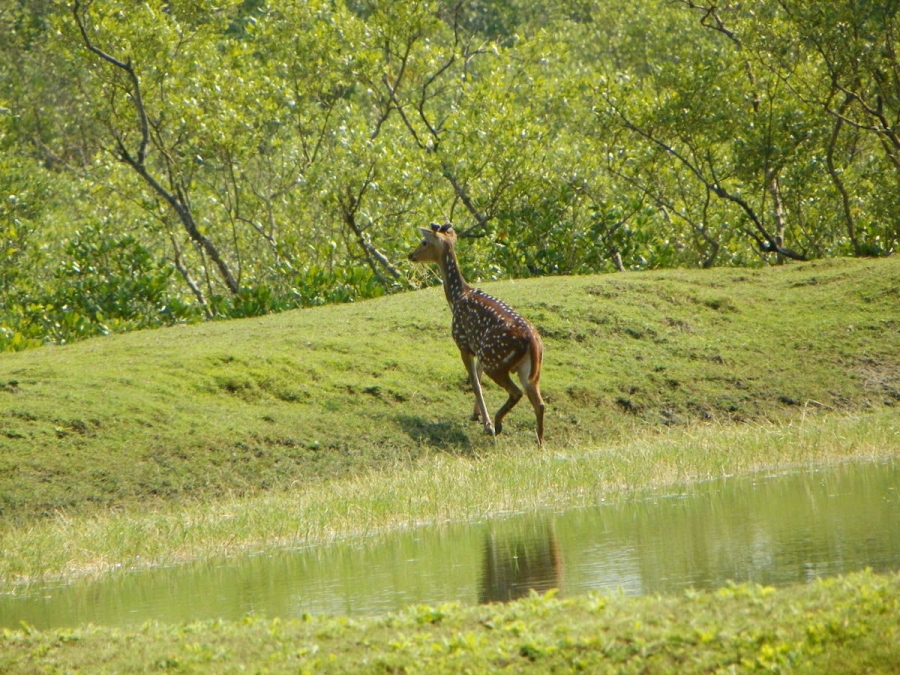
An area of over 10,000 sq kilometers in the Ganga Basin connecting the Bay of Bengal, the Sundarbans National Park is one of the richest and largest mangroves in the world. The place is also significant for hosting the largest wild population of the Royal Bengal Tiger, especially renowned for being the ‘man eaters’. Rich in flora and fauna, the island landscape is also of great geographical significance.
#18 Sun Temple, Konark, Odisha
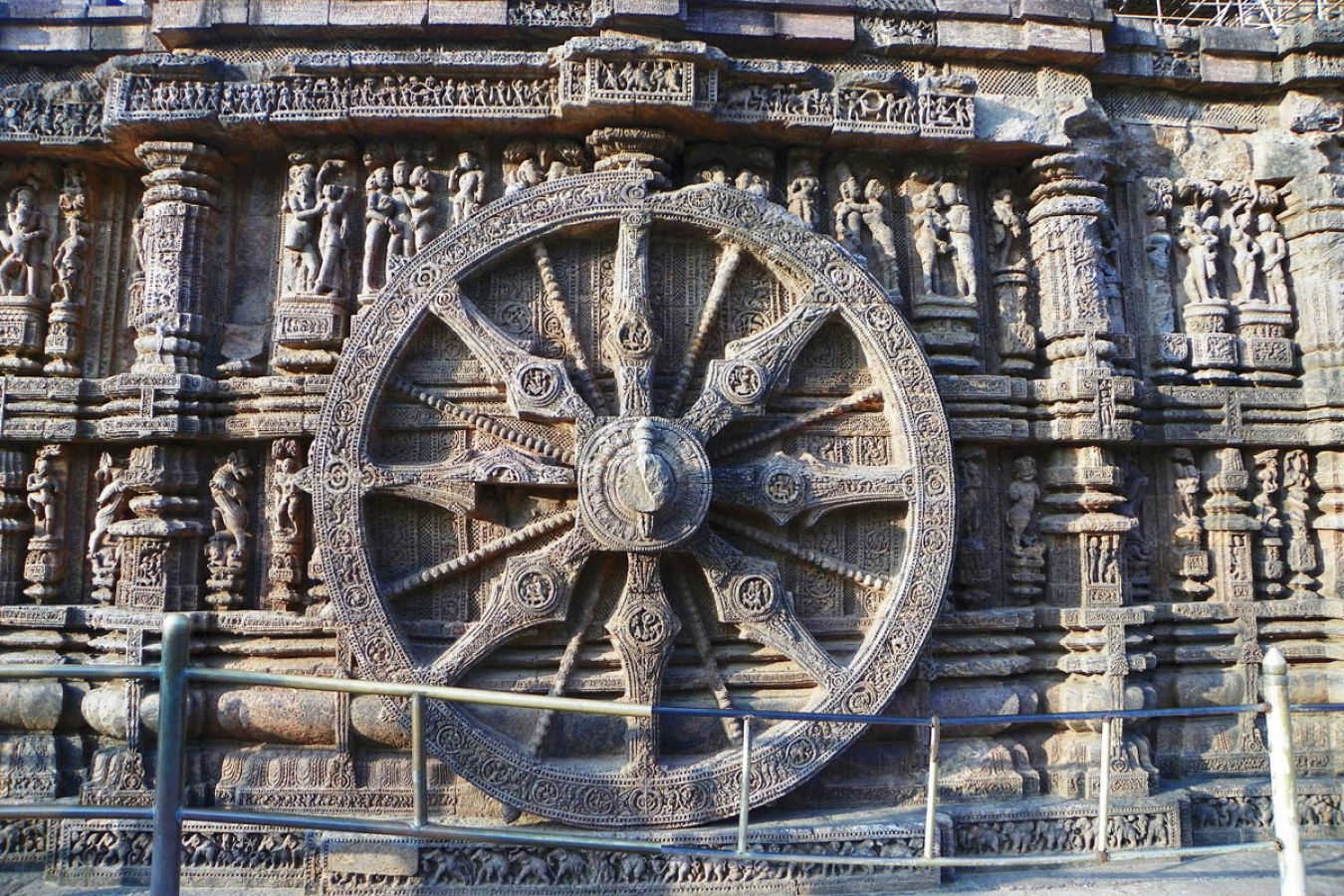
An ancient 13th century representation of the Sun God’s Chariot, the Konark Sun Temple is an architectural piece that bewilders everyone. Though the present day sun temple is not the entirety of the original construction, the architecture still showcases the rich culture and art of the bygone eras. The temple premises are marked by 24 chariot wheels and it was also engineered to have the first rays of the sun fall on the deity inside the temple. The original temple had a sanctum sanctorum of more than 229 feet and constructed into the sea. Through ages, the temple has both been eroded and plundered for its richness.
#19 Mountain Railways of India
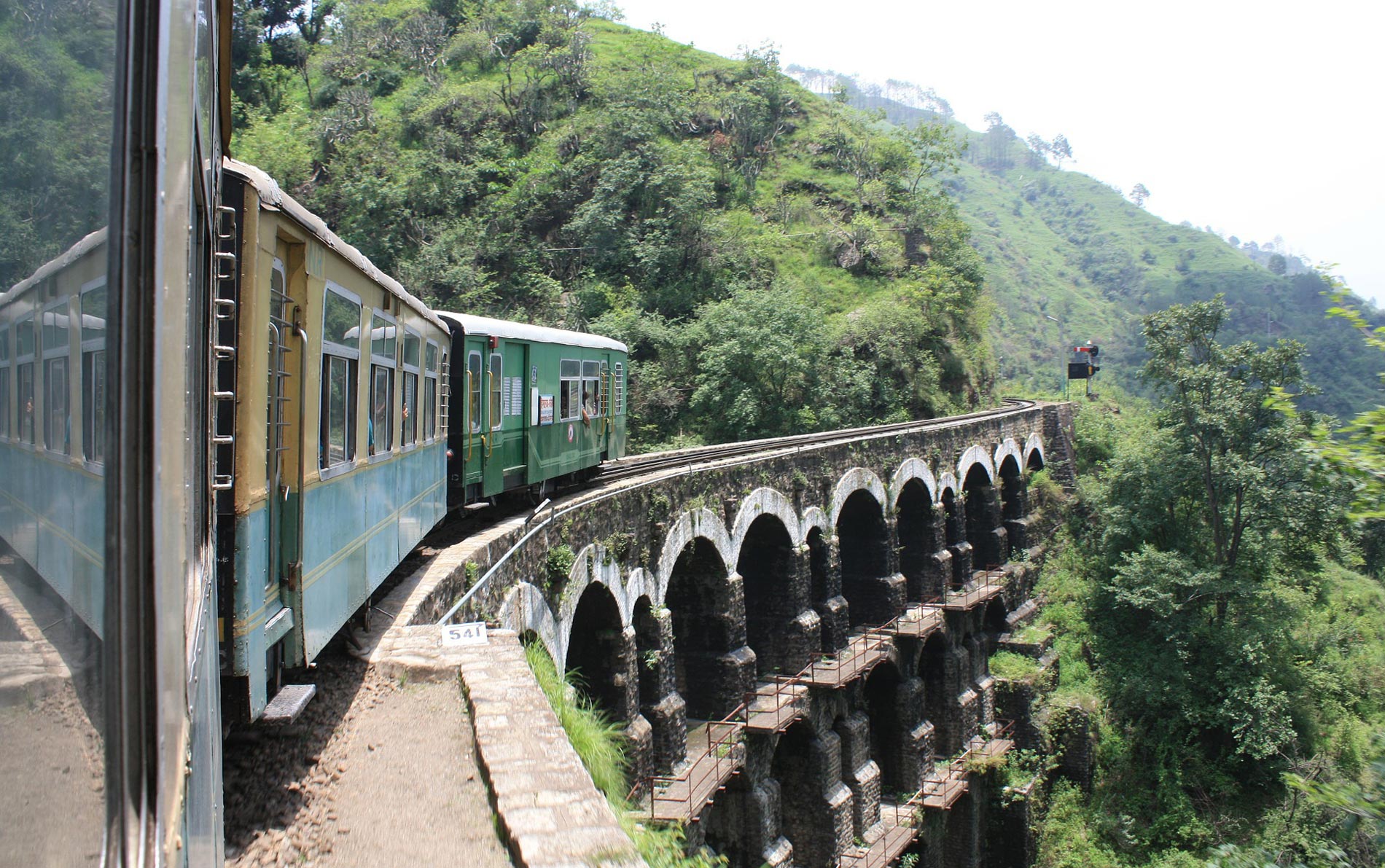
The mountain railways of India are another outstanding engineering feat listed under the UNESCO World Heritage Site and consist of three railway lines: The Darjeeling Himalayan Railways, the Nilgiri Mountain Railways and Kalka Shimla Railway. There are various places to visit in darjeeling and this is the Darjeeling Himalayan Railways that opened operations in 1881 and links a very difficult but spectacular mountainous terrain. It is situated in the eastern state of West Bengal. The Nilgiri Mountain Railways are located in the southern state of Tamil Nadu and the Kalka Shimla Railways is operational in the Himalayan town of Shimla, Himachal Pradesh. All the railways lines are operational to this day.
#20 Ramappa Temple
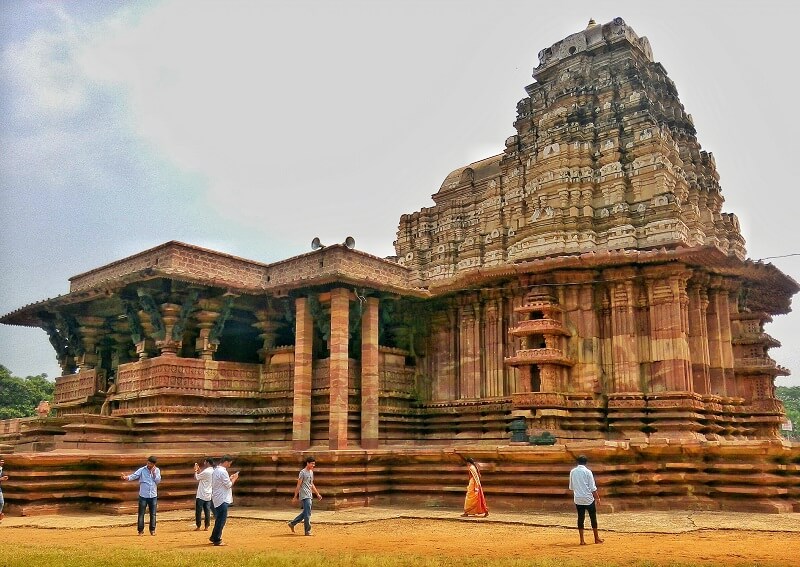
Ramappa temple is also known as Rudreshswara temple, The temple is located in the heart of Palampet village, Telangana state. On 10 September 2010, The proposal was submitted to UNESCO for listing the temple in world heritage sites. And finally, the time arrives on 25 July 2021 the Ramappa temple was listed in world heritage sites. The Ramappa temple was built in 13th & 14th centuries according to the Bhumija architect style.
#21 Qutub Minar
Qutub Minar which is also known or written as Qutub Minar and is the second tallest Minar of India having 73 meters of height and located in New Delhi. It was constructed in 1368 and is one of the historical place of India.
The Qutub Minar has been designated a UNESCO World Heritage Site. It is a magnificent work of Mughal architecture. This five-story red stone tower was constructed to commemorate the Muslim victory in Delhi following the fall of the city’s last Hindu king. This is regarded to be India’s highest structure. The Qutub Minar’s first three stories are composed of red sandstone, while the last two are made of marble and sandstone. Several films have been filmed at the Qutub complex.
#21 Dholavira
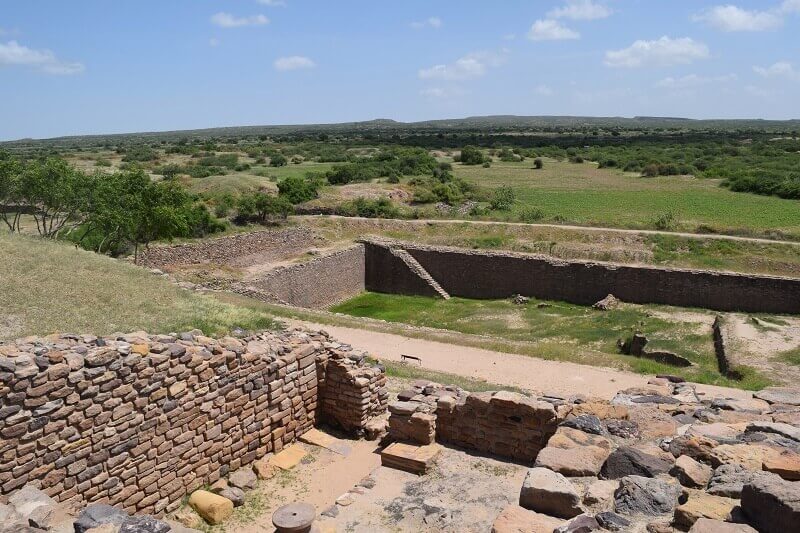
Dholavira also known as Kotada timba locally, is observed as one of the 5 supreme Harappan sites and most outstanding archaeological destination in India belonging to the Indus Valley Civilization. The site is Located 250 km away from the Bhuj district, close to Khadir bet in the great Rann of Kutch of Gujarat. Amongst the Harappan sites discovered so far, Dholavira is the only area that marks the presence of Harappan tradition from 2900 BC to 1500 BC. This site is so popular that UNESCO has added it in its world heritage list.
Apart from the 21 World Heritage Sites that we discussed above, there are several others that are worth a visit. These include popular sites like the Agra Fort, the Nalanda University Complex, and the Mahabodhi Temple at Bodh Gaya, the Qutub Minar, the Jantar Mantar, the Western Ghats and several others. Each of the sites stands representative of unique cultures, unique engineering, unique history and unique diversity.
The Indian Subcontinent hosts one of the first civilization of human history and through the years, have seen the emergence, culmination and end of several cultures and religions. Its rich history is thoroughly accompanies by a great diversity in cultures, languages, beliefs, and terrains. For a traveler, India will always be full of surprises. The best first steps to witness this diversity will however be following the places that have been marked as World Heritage Sites under the UNESCO.
Image Courtesy – Ashok (Flickr), Sandeep (Flickr), Sankara (Flickr) Wiki

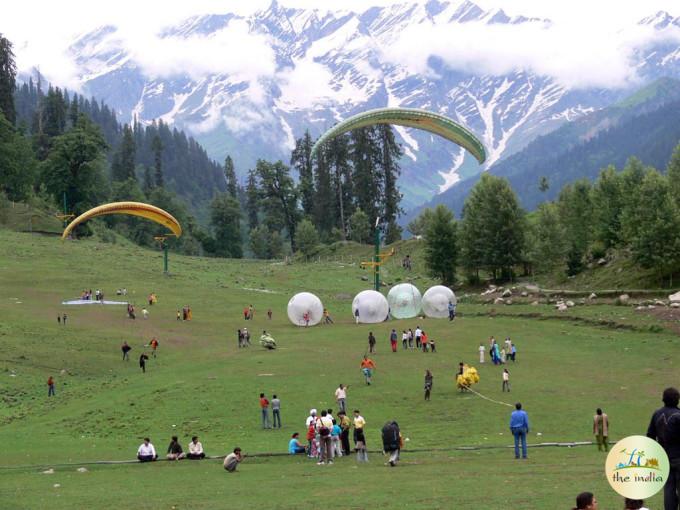
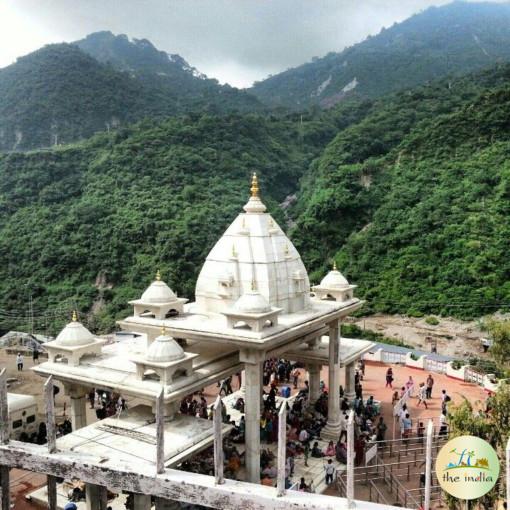

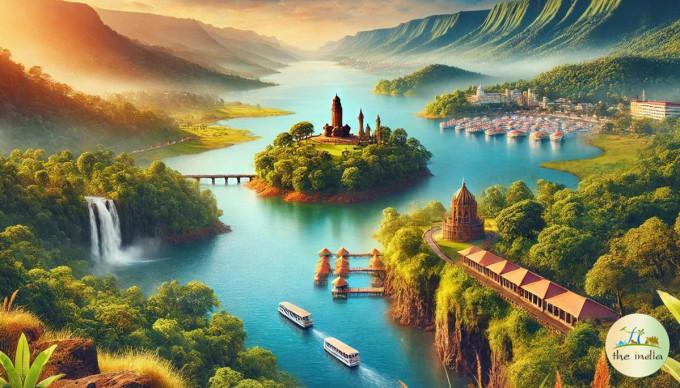
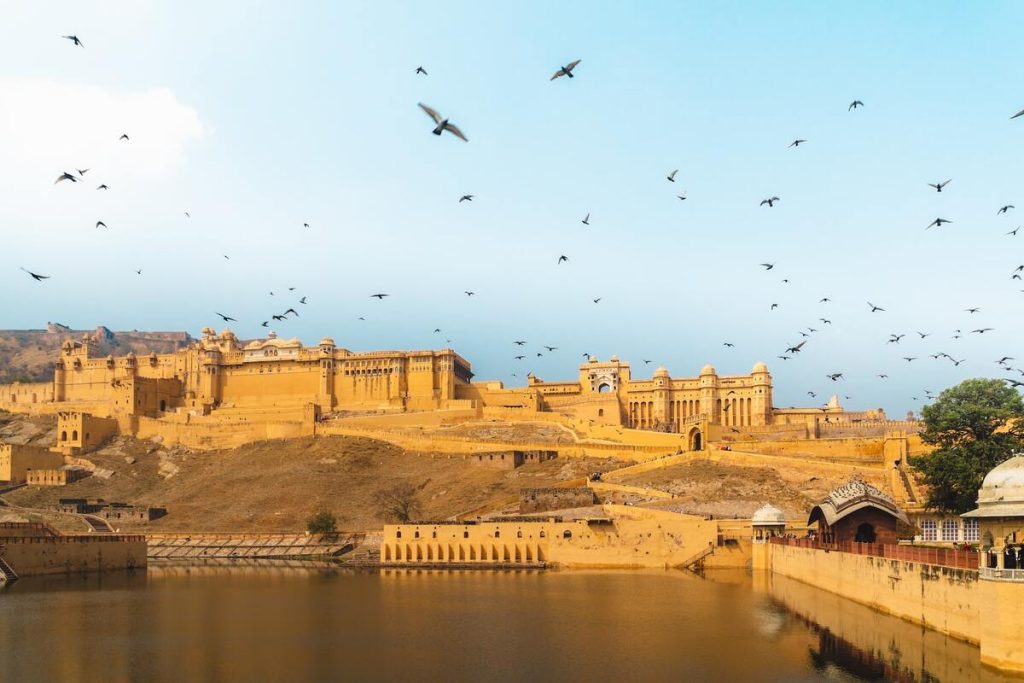
Ikx
January 21, 2017 at 2:18 pm
Hi,I read your blog named “19 UNESCO World Heritage Sites in India to Experience Rich Indian Heritage & Culture” regularly.Your story-telling style is witty, keep doing what you’re doing! And you can look our website about how to plan a small wedding.
TheIndia
November 14, 2018 at 5:17 pm
Thank you very much for your feedback,
How many from these UNESCO world heritage site have you visited?